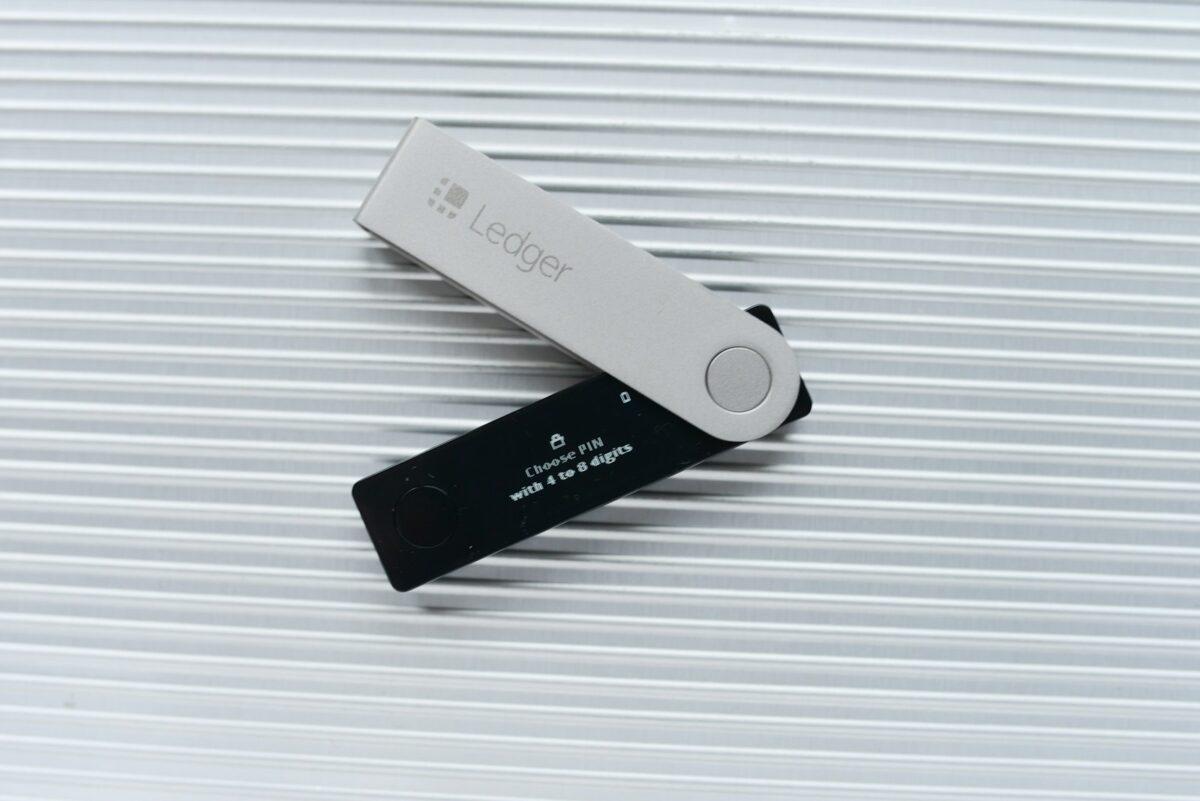
Family crypto education

Introducing children and your spouse to the basics of decentralized finance requires a clear, structured approach. Begin with simple explanations about how transactions work and why security matters. Hands-on activities such as setting up a digital wallet together can deepen understanding while reinforcing safety protocols.
Learning through shared experiences strengthens comprehension and builds trust in managing virtual assets. Encourage questions and explore concepts like private keys and public ledgers alongside your partner and kids to cultivate critical thinking. This collaborative method transforms abstract ideas into tangible skills.
Prioritizing protection mechanisms is vital when guiding younger family members. Establish rules for password management, recognize phishing attempts, and practice cautious behavior on exchanges or apps. Teaching these precautions collectively creates a secure environment conducive to confident participation.
Family crypto education
Begin by aligning with your spouse to establish a shared understanding of blockchain fundamentals and investment principles. Jointly reviewing the basics such as private keys, wallets, and transaction verification creates a solid foundation for collaborative learning. This approach promotes consistency in communication and decision-making within the household.
Introducing children to these concepts requires adapting explanations to their cognitive level while emphasizing safety. Practical demonstrations using test networks or sandbox environments allow young learners to experiment without financial risk. For example, guiding them through creating a simple wallet helps demystify complex cryptographic operations through hands-on experience.
Structured approaches for comprehensive learning
A stepwise methodology improves retention and practical skills development. Begin with tutorials on blockchain architecture and consensus mechanisms before progressing to transaction flow and smart contract functionality. Employing visual aids like block explorers or transaction graphs enhances understanding by connecting abstract theory to observable data.
Encourage periodic family discussions to review recent developments or clarify misunderstandings related to digital asset management. This reinforces collective education and aligns risk tolerance levels among all members involved in investment decisions.
- Simplify terminology: Replace jargon with relatable analogies (e.g., comparing a blockchain ledger to a shared notebook).
- Promote critical thinking: Question sources of information and evaluate security risks objectively.
- Create simulated portfolios: Track hypothetical investments over time to observe market dynamics safely.
The emphasis on protection extends beyond technical measures; cultivating disciplined habits like enabling two-factor authentication and securely storing seed phrases reduces vulnerabilities. Incorporate regular reviews of security protocols into family routines to maintain vigilance against phishing attempts or malware threats.
This collaborative framework transforms learning into an investigative process where hypotheses about market behavior or protocol upgrades can be tested collectively. Engaging in these explorations builds confidence and nurtures analytical skills, empowering each member from spouse to children to participate meaningfully in managing digital assets with informed caution.
Choosing Beginner-Friendly Wallets
Selecting an accessible wallet for novices requires prioritizing intuitive interfaces and robust security features. Wallets like Trust Wallet and Exodus provide straightforward setups with clear navigation, which supports learning the fundamentals of digital asset management without overwhelming new users. Their multi-platform availability allows families to explore investment management together, promoting shared understanding through practical interaction.
When teaching children about managing digital assets, simplicity must coincide with safety. Hardware wallets such as Ledger Nano S offer an additional layer of protection by isolating private keys from internet exposure. This physical separation reduces vulnerability to hacks, making it a sound choice for protecting early investments while reinforcing lessons on securing sensitive data.
Technical Aspects Influencing Wallet Choice
The underlying technology of wallets impacts usability and safety in measurable ways. Software wallets typically store private keys locally or on devices, which can expose them to malware if not properly secured. Conversely, hardware solutions maintain keys offline but require users to understand PIN codes and recovery phrases. Balancing these factors is essential when introducing beginners to asset storage concepts.
Wallets supporting hierarchical deterministic (HD) structures enhance security by generating multiple addresses from a single seed phrase. This method simplifies backup procedures and mitigates risks associated with address reuse. For example, educational use cases demonstrate how HD wallets allow learners to experiment with transactions while maintaining privacy safeguards integral to secure handling of funds.
- User Experience: Clear feedback during transactions reduces errors and builds confidence.
- Backup Options: Seed phrases versus encrypted cloud backups offer different trade-offs between convenience and risk.
- Compatibility: Support for various tokens encourages broader experimentation within a controlled setting.
A comparative study involving families engaging in joint investment activities revealed that those using mobile wallets with built-in tutorials showed faster acquisition of operational skills than those relying solely on hardware devices. However, combining both approaches–starting with software wallets for basics then transitioning to hardware for enhanced security–provides a comprehensive pathway that aligns well with gradual knowledge accumulation.
The intersection of interactive learning and safeguarding assets creates an environment conducive to experimental discovery within family units interested in developing financial literacy around blockchain technologies. Encouraging hands-on practice combined with structured explanations cultivates critical thinking skills necessary for confident decision-making in complex technological domains.
Explaining blockchain basics simply
Start by understanding that a blockchain is a decentralized ledger where transactions are recorded across multiple nodes, ensuring transparency and immutability. When spouses explore this technology together, they reinforce the learning process through shared discussions about how each block contains a cryptographic hash of the previous one, timestamp, and transaction data. This chaining mechanism guarantees that any alteration is easily detectable, thus maintaining safety within the system.
Introducing children to these fundamentals can be achieved by comparing blockchain to a collaborative notebook that everyone in the family can see but no one can erase or change without consensus. Teaching this concept encourages curiosity about trustless systems and distributed networks. Explaining how miners validate new entries via proof-of-work or other consensus algorithms helps lay down the technical foundation necessary for informed decisions regarding digital asset investment.
Core principles and practical applications
The backbone of any blockchain lies in its ability to operate without a central authority, which contrasts sharply with traditional databases maintained by banks or corporations. Together with your spouse, consider running simulations of transaction verification using open-source tools that demonstrate how nodes reach agreement in seconds. These exercises illuminate vital aspects such as double-spending prevention and cryptographic signatures safeguarding user identities.
Incorporating step-by-step experimentation enhances comprehension–try creating simple blocks containing family-related data (e.g., chores completed) hashed consecutively to observe how tampering disrupts the chain integrity. Such practical teaching methods highlight why security protocols are indispensable before making any investment decisions involving tokenized assets or smart contracts. Continuous exploration fosters confidence in distinguishing genuine innovations from speculative hype while reinforcing responsible participation within evolving technological frameworks.
Setting Up Secure Accounts
To establish secure accounts for digital asset management, prioritize the use of hardware wallets and multi-factor authentication protocols. Hardware wallets isolate private keys from internet-connected devices, significantly reducing vulnerability to hacking attempts. Implementing two-factor authentication (2FA) through authenticator apps or physical security keys adds an additional protection layer, ensuring access is granted only after verifying multiple credentials.
When involving a spouse or close relative in investment activities, it is advisable to set up joint accounts with clearly defined permissions. This allows shared control while maintaining individualized security settings. Using hierarchical deterministic (HD) wallets enables generation of multiple addresses from a single seed phrase, facilitating organized tracking of transactions and simplifying recovery processes if needed.
Teaching Security Basics to Children and Young Adults
Introducing minors to account safety requires adapting technical explanations into relatable analogies that emphasize confidentiality and cautious behavior online. For instance, compare private keys to physical house keys that must not be duplicated or shared indiscriminately. Encouraging hands-on practice with test networks can reinforce understanding without risking real assets.
- Step 1: Demonstrate how phishing attacks mimic trusted sources but aim to steal sensitive data.
- Step 2: Show the process of securely backing up seed phrases using offline methods such as engraved metal plates or paper stored in safe locations.
- Step 3: Explain the importance of strong, unique passwords combined with password managers for credential storage.
The role of guardians in overseeing these educational experiences cannot be overstated; collaborative learning sessions promote transparency and allow questions about potential threats to surface naturally. This interactive approach improves retention of protective habits essential for long-term safety.
A systematic approach incorporating these tools enhances protection against common vulnerabilities observed in case studies where negligence led to asset loss. For example, analysis of breaches frequently reveals compromised passwords or unsecured backups as root causes, underscoring the necessity of layered defenses.
Together with careful monitoring and periodic audits by all involved members, including children when appropriate, confidence in managing investments grows steadily. Teaching through real-world simulations and reviewing transaction histories cultivates analytical skills while reinforcing adherence to safe operational procedures within domestic units.
Conclusion: Practicing Small Trades as a Family Investment Strategy
Engaging in modest digital asset transactions together with your spouse and children establishes a practical framework for mastering the fundamentals of decentralized finance. By involving younger generations directly, households can create an interactive environment where theoretical knowledge transforms into applied skills, enhancing collective understanding of market dynamics, wallet management, and transactional security.
Implementing incremental trades encourages disciplined risk management and reinforces safety protocols such as multi-signature wallets and hardware devices. This hands-on approach not only demystifies complex cryptographic operations but also cultivates analytical thinking through real-time feedback on investment decisions, thereby laying a robust groundwork for advanced portfolio diversification in future cycles.
Technical Insights and Future Perspectives
- Layered Learning: Starting with micro-transactions allows family members to observe blockchain confirmations, fee structures, and network latency without significant financial exposure.
- Security Protocols: Collaborative setup of cold storage solutions or multisig addresses instills best practices that safeguard assets from phishing attacks or unauthorized access.
- Behavioral Analytics: Tracking trade outcomes over time provides empirical data to refine investment hypotheses and develop personalized strategies aligned with risk tolerance.
- Smart Contract Interaction: Experimentation with decentralized applications through small-scale trades introduces programmable finance concepts, encouraging curiosity about automated asset management.
The evolution of accessible educational tools–such as simulation platforms and interactive ledgers–will further empower households to deepen their proficiency while maintaining safety margins. As regulatory frameworks adapt, integrating these learning experiences will become increasingly vital for sustained financial literacy across generations. Ultimately, this collective approach enhances resilience against volatility by embedding sound principles early within the domestic sphere.


